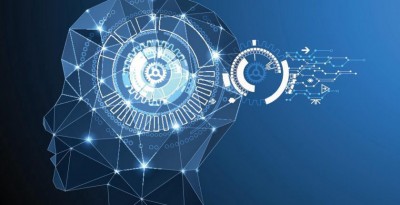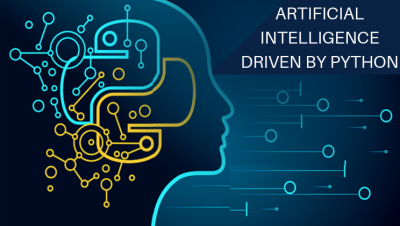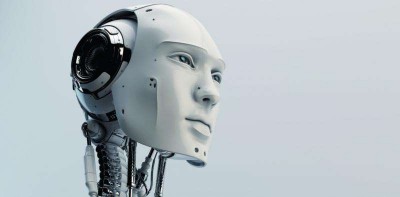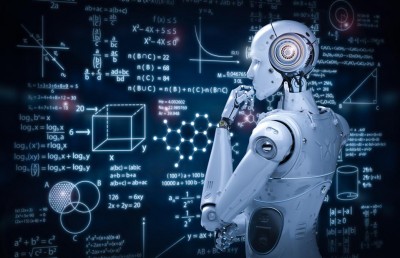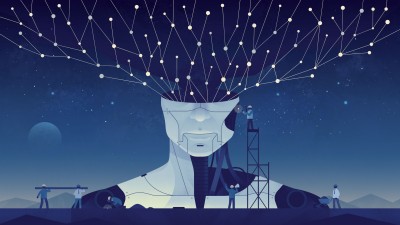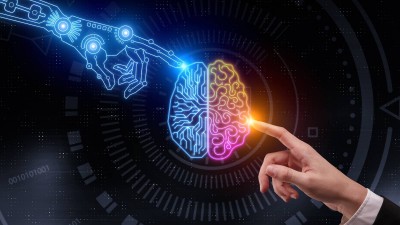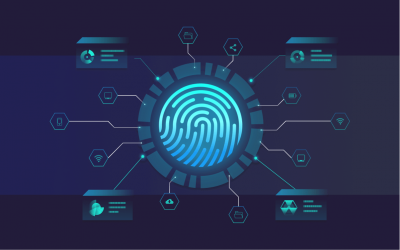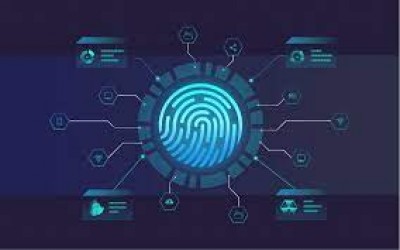Unsupervised Learning: From Big Data to Low-Dimensional Representations
 Compare
Compare
Overview
In the era of data deluge, the development of methods for discovering structure in high-dimensional data is becoming increasingly important. This course will cover state-of-the-art methods from algebraic geometry, sparse and low-rank representations, and statistical learning for modeling and clustering high-dimensional data. The first part of the course will cover methods for modeling data with a single low-dimensional subspace, such as PCA, Robust PCA, Kernel PCA, and manifold learning techniques. The second part of the course will cover methods for modeling data with multiple subspaces, such as algebraic, statistical, sparse and low-rank subspace clustering techniques. The third part of the course will cover applications of these methods in image processing, computer vision, and biomedical imaging.

